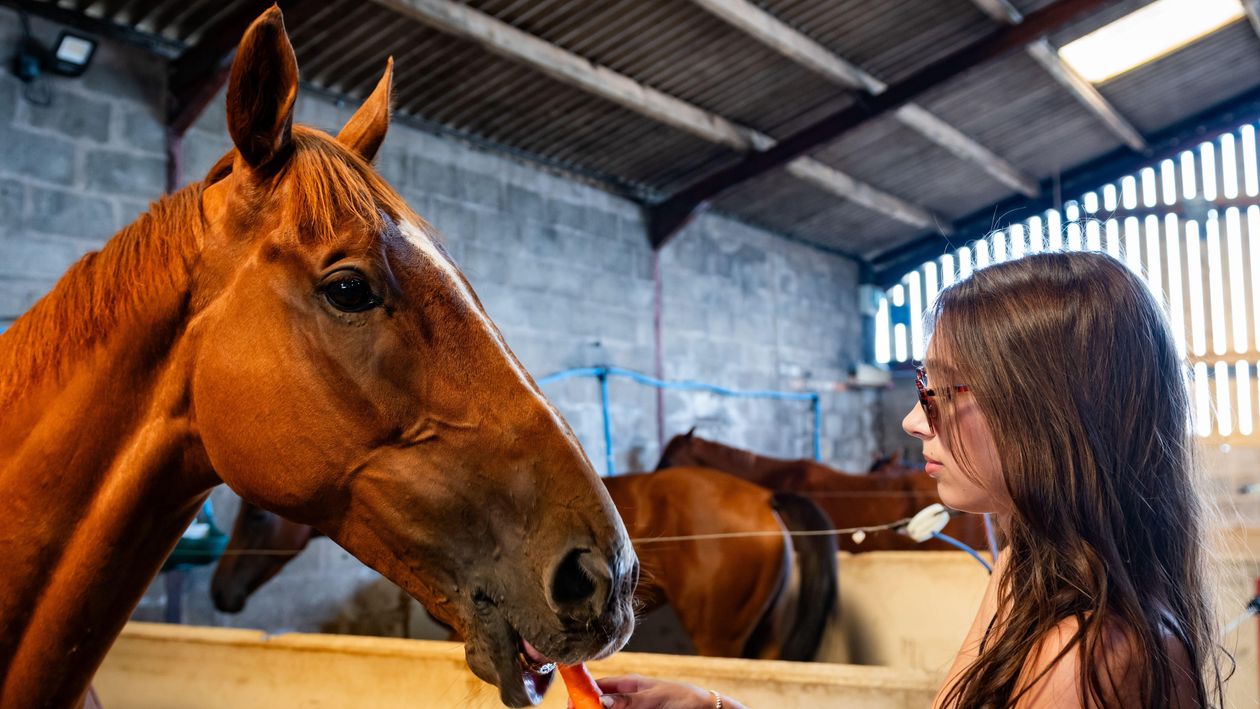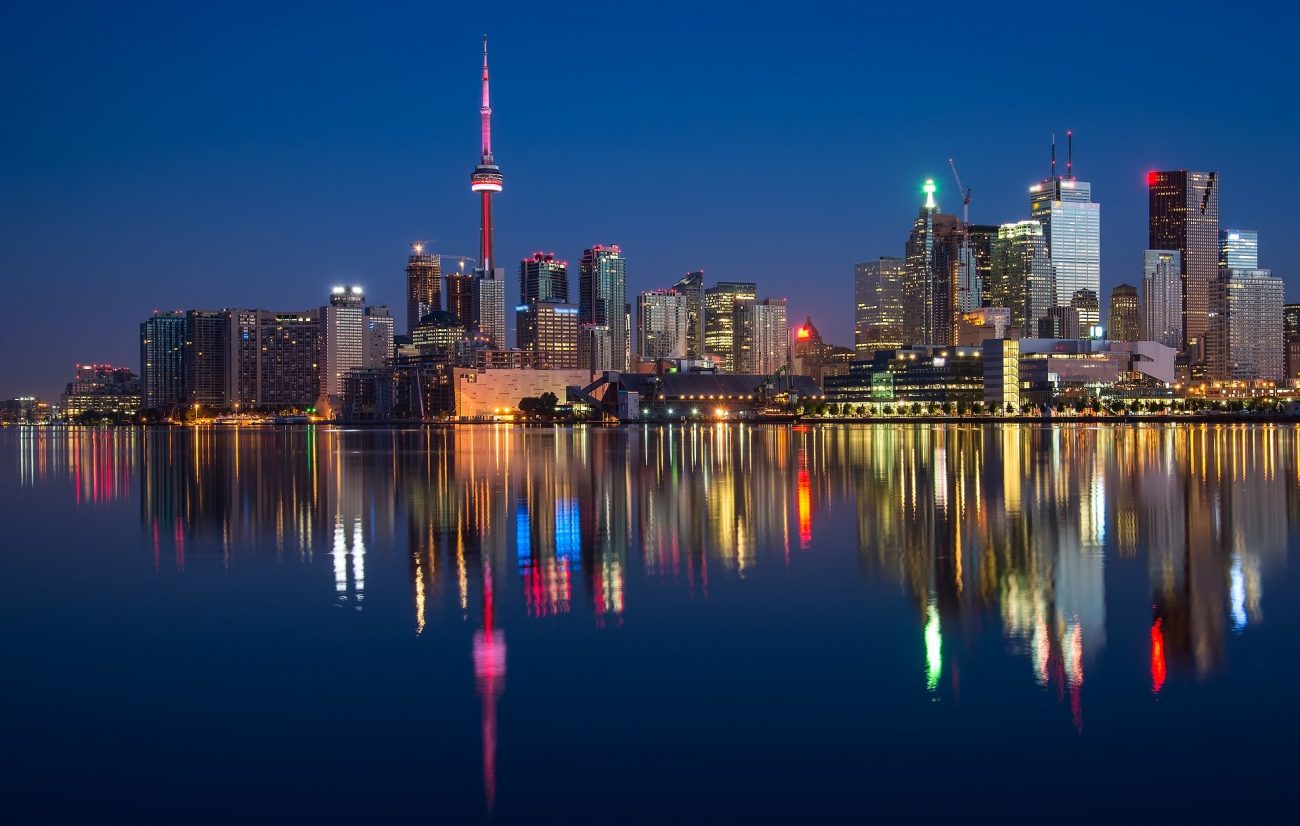Shopping
Britain’s best (and worst) new towns

Stevenage would be the first town in the country to have a completely pedestrian centre; this was a radical idea at the time (and still is, to some extent). Teething problems included damp, shortages of materials and plagues of ants and earwigs. Local facilities were slow to be set up and new residents had either to make use of what we would now call pop-up shops or walk the mile or so to Old Stevenage on unmade, muddy roads.
But the new town grew and prospered. Between 1955 and 1965, a new school opened almost every year. In 1962, the A1 (M) Stevenage Bypass was built to ease pressure on the dangerous Great North Road. In 1961, the Locarno Ballroom opened and hosted acts such as the Who, the Rolling Stones and Jimi Hendrix. In 1972, a purpose-built hospital, The Lister, opened. A swimming pool and leisure centre followed.
With good road and rail links and affordable housing, Stevenage became a magnet for new industries and businesses. English Electric was one of the first factories to settle on a 70-acre site, bringing lots of jobs to the area. By the Eighties, the work of the Stevenage Development Corporation had been completed. Stevenage borough council took over the town’s administration. By then, the population had grown to more than 75,000. Flâneurs, archi-tourists and psychogeographers visit Stevenage for art, architecture and urbanism, but it’s also a viable, investable town.
1. Milton Keynes: Where the roundabouts are famous
Everybody has an opinion or a story about Milton Keynes. The roundabouts are famous. The concrete cow sculptures are notorious. David Bowie played there in his peach-suit era. The fractious move of Wimbledon FC to the town in the early Noughties even caused a stir.
Milton Keynes was conceived by Harold Wilson’s Labour government as part of the third wave of new towns. Plans for a 250,000-person Buckinghamshire town, built on 22,000 acres of farmland, were approved in 1967. It was risky to display such ambition, but the location, excellent railway connections and some smart building and development have created a congenial town.










